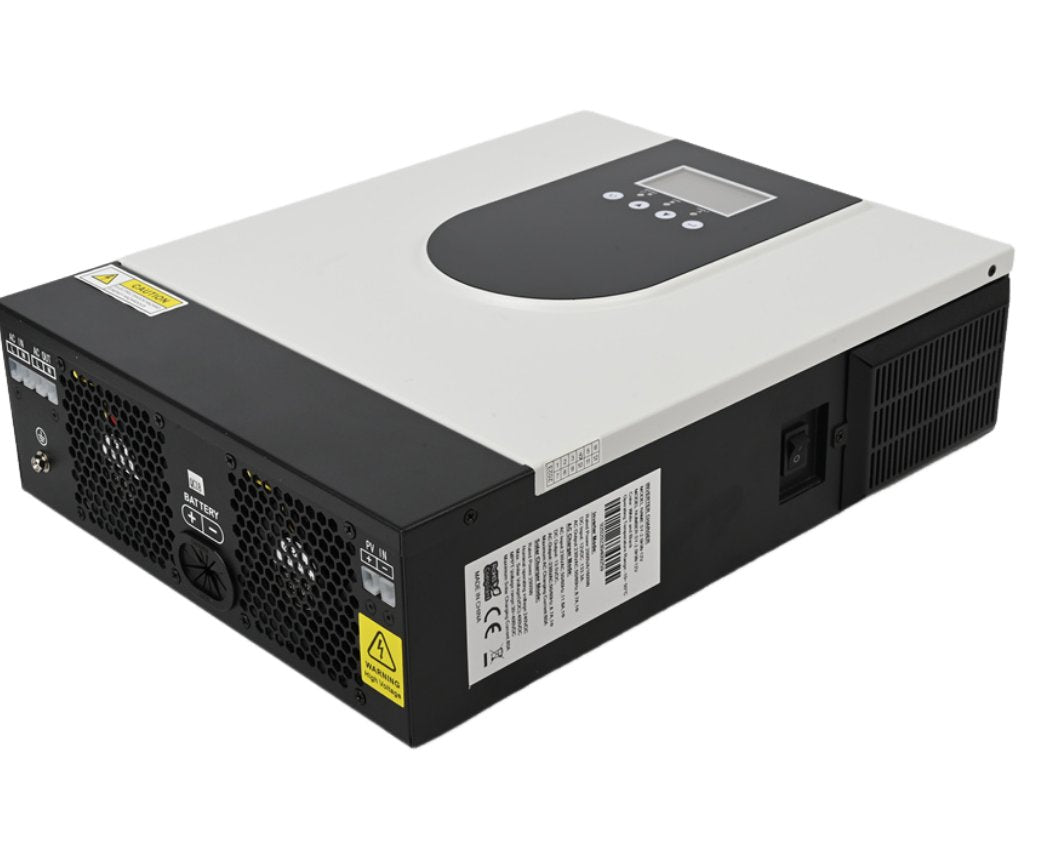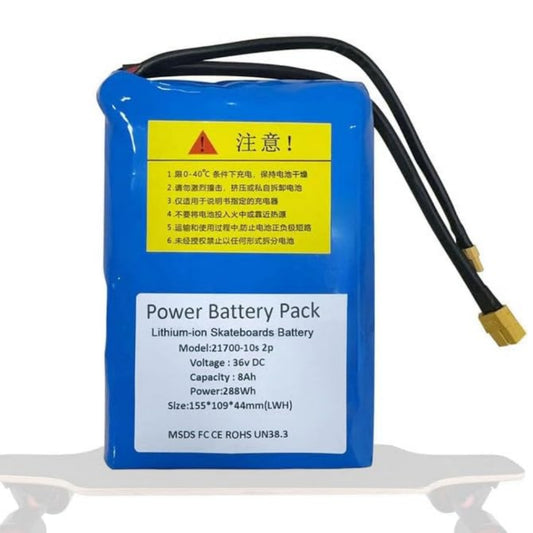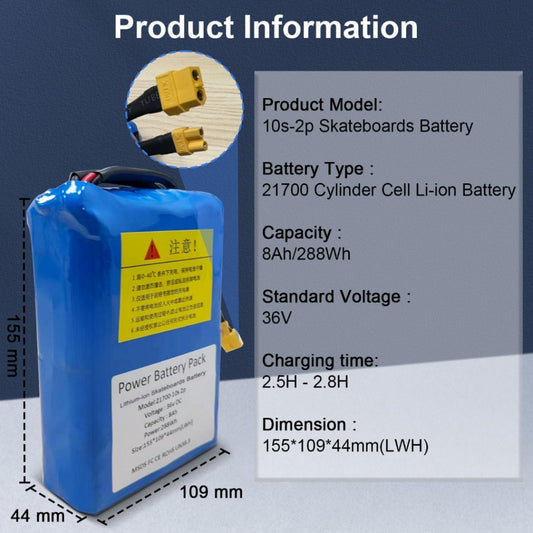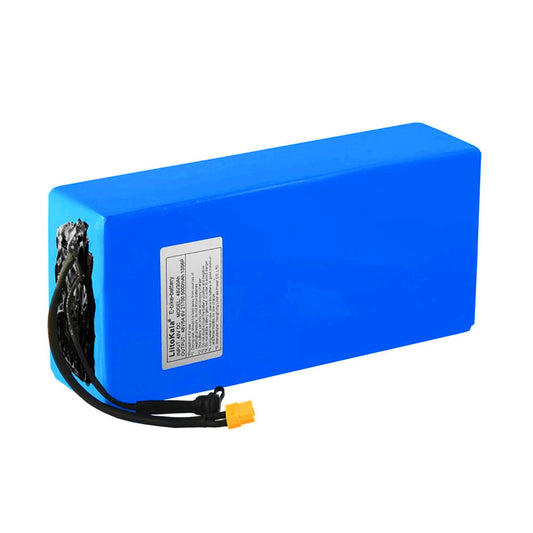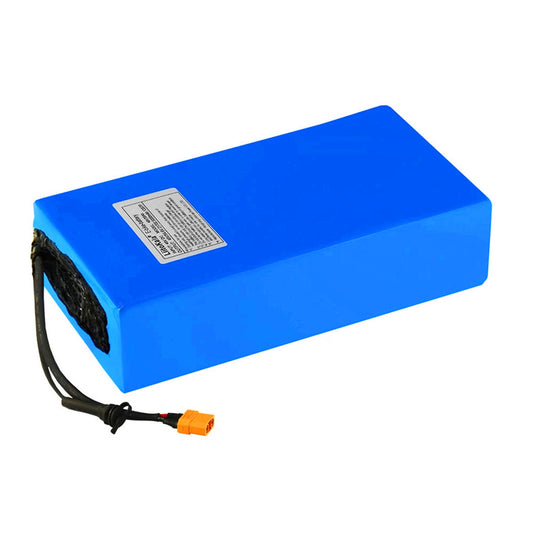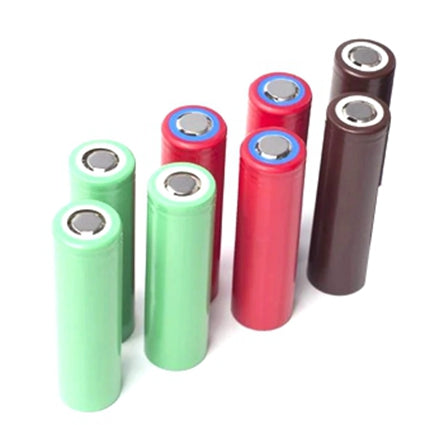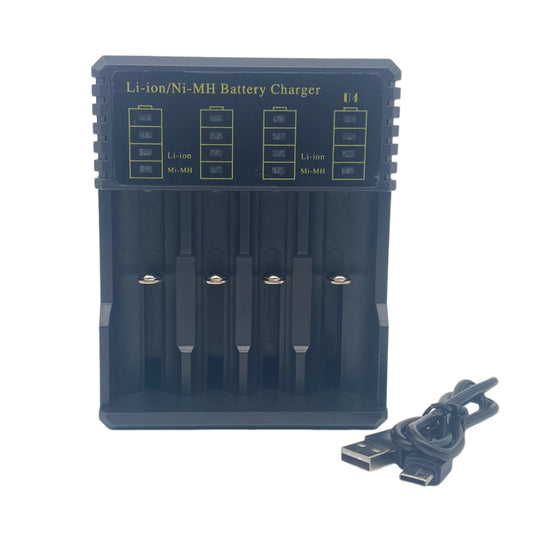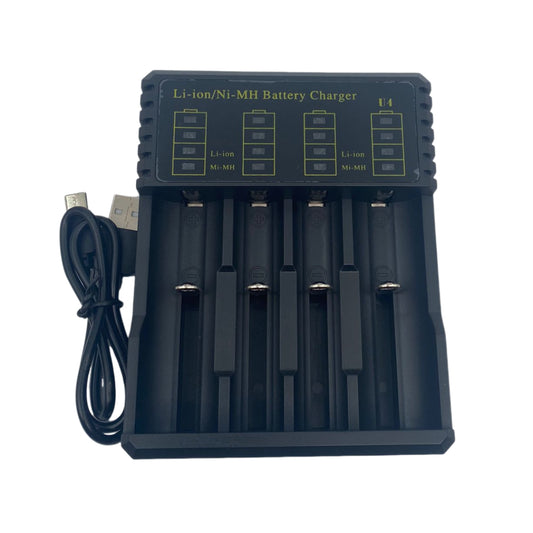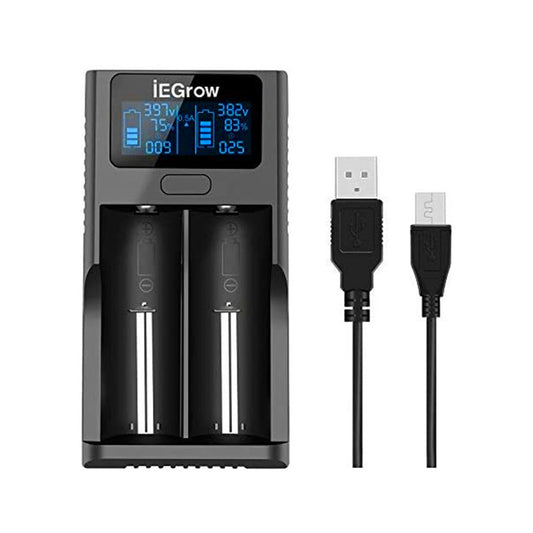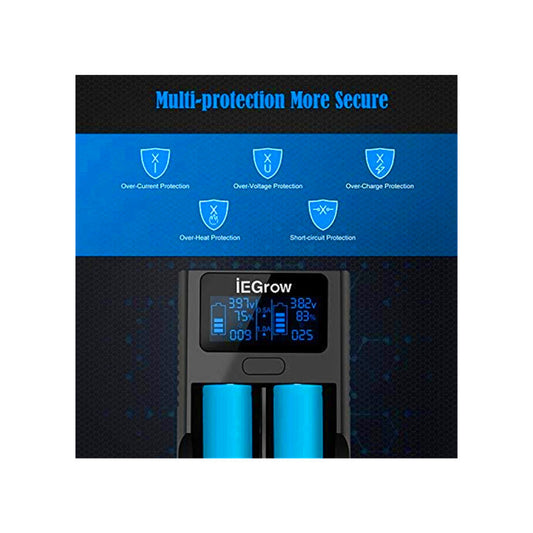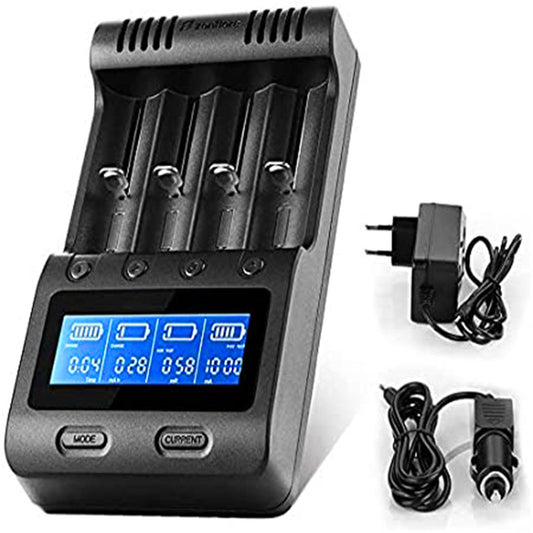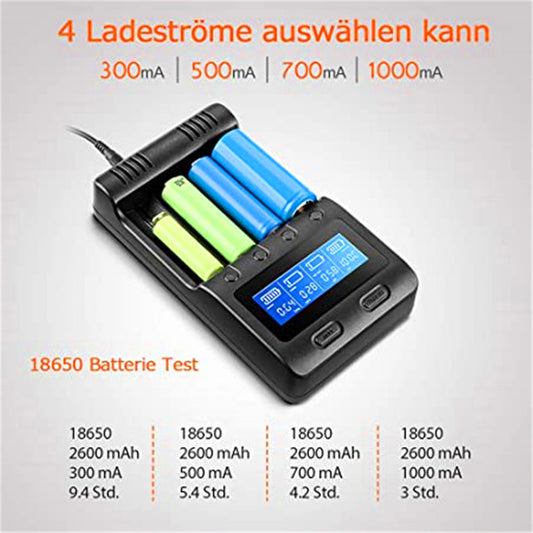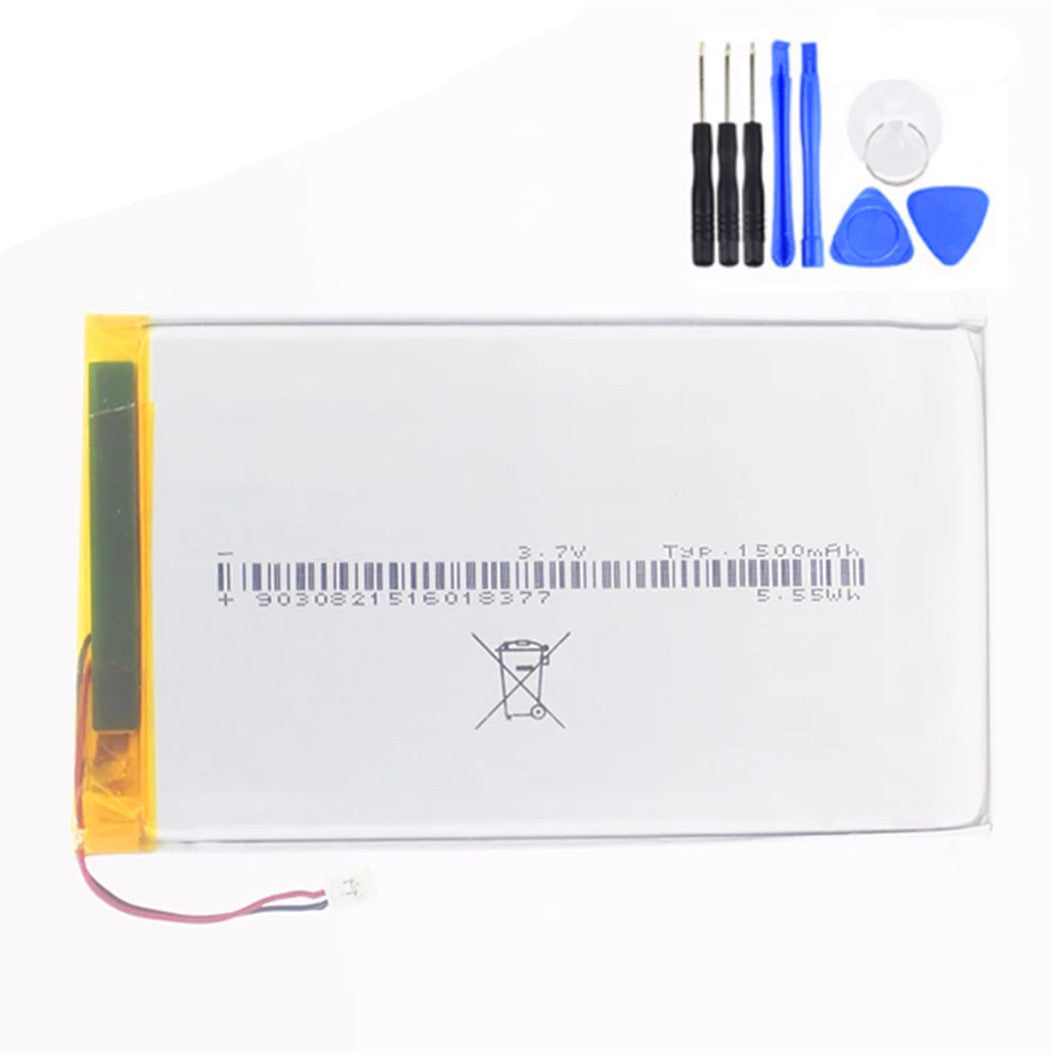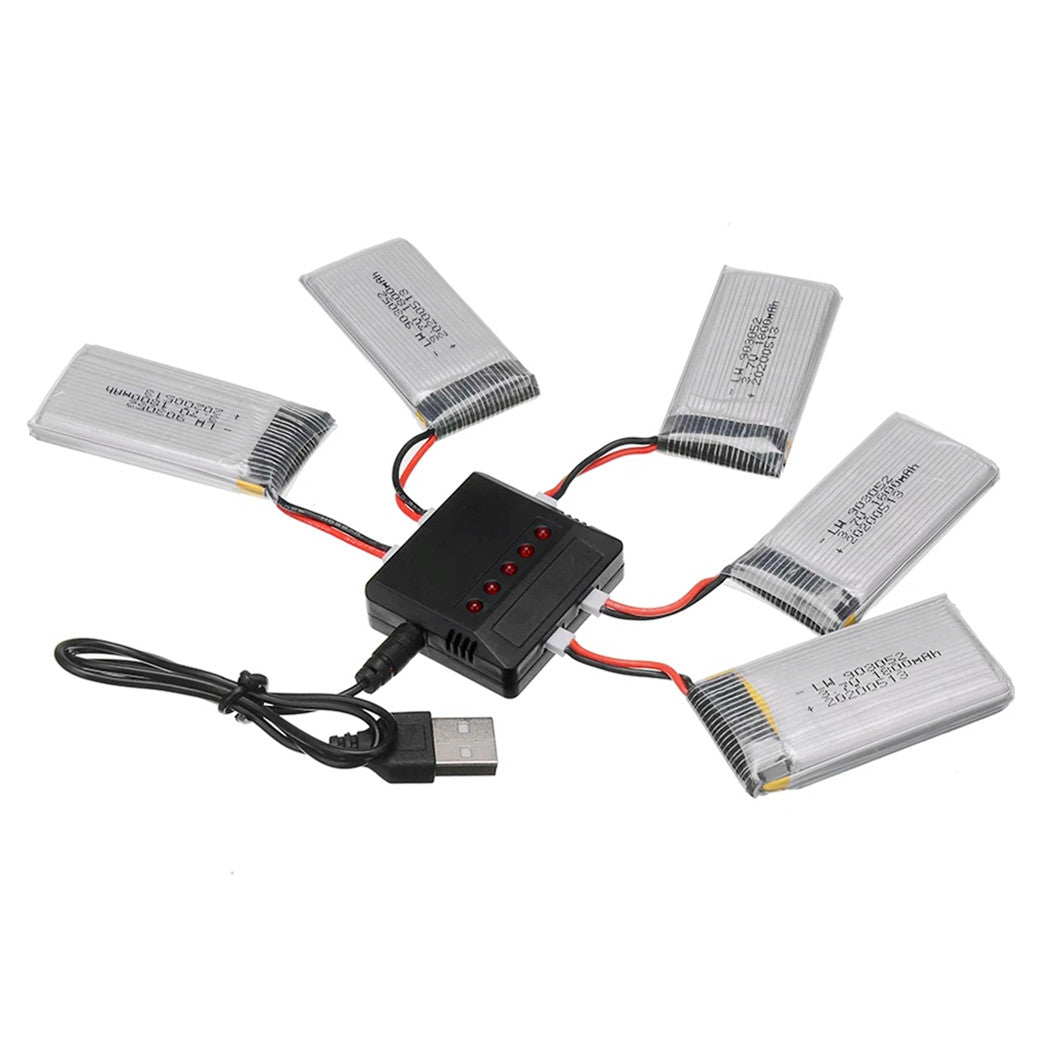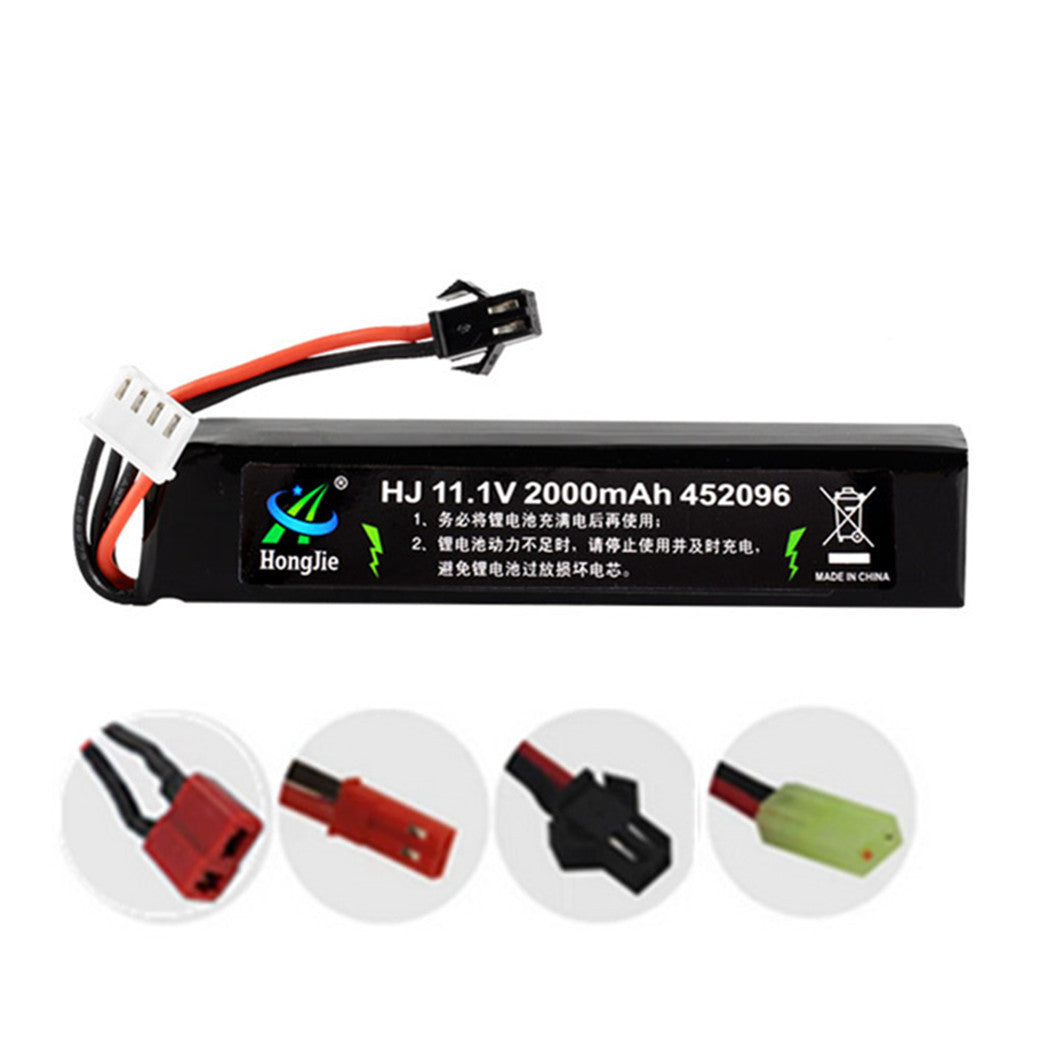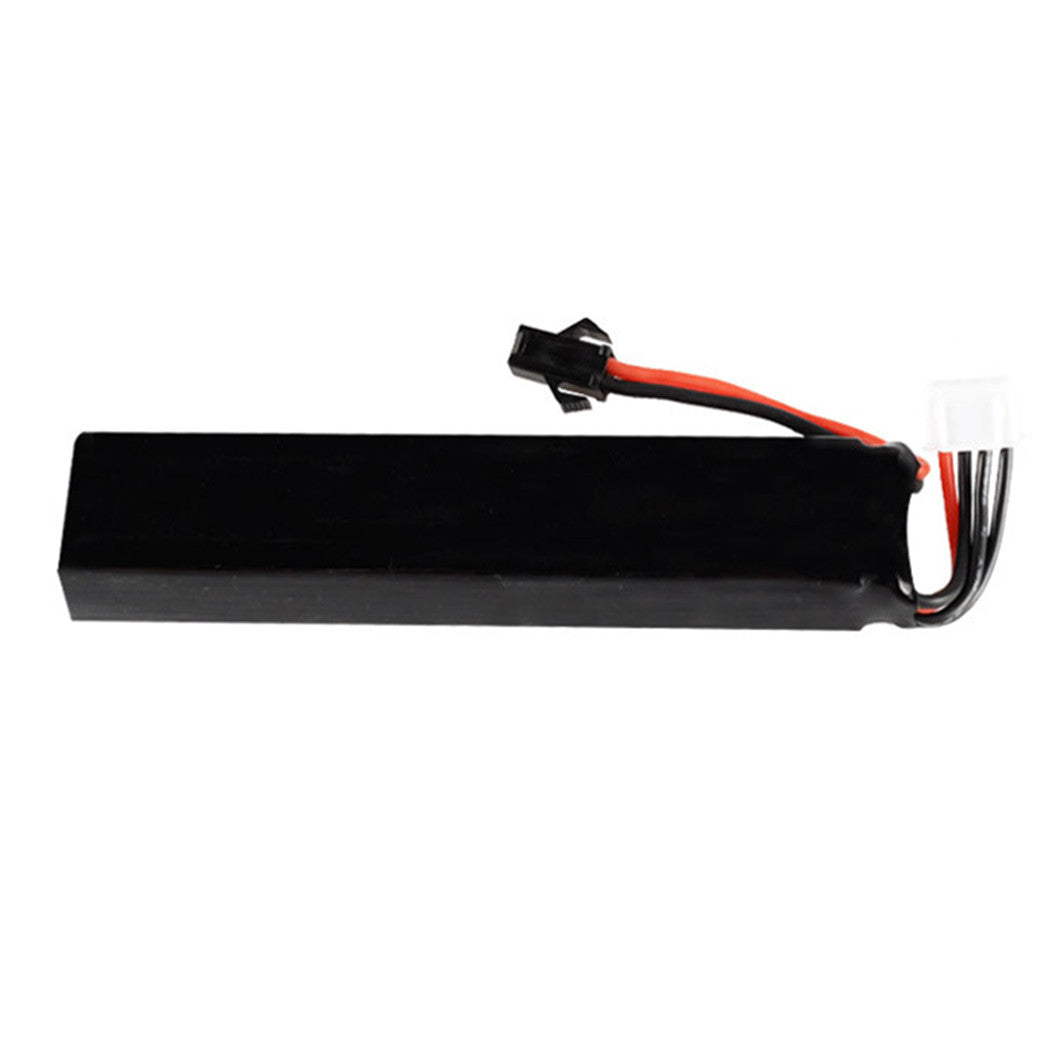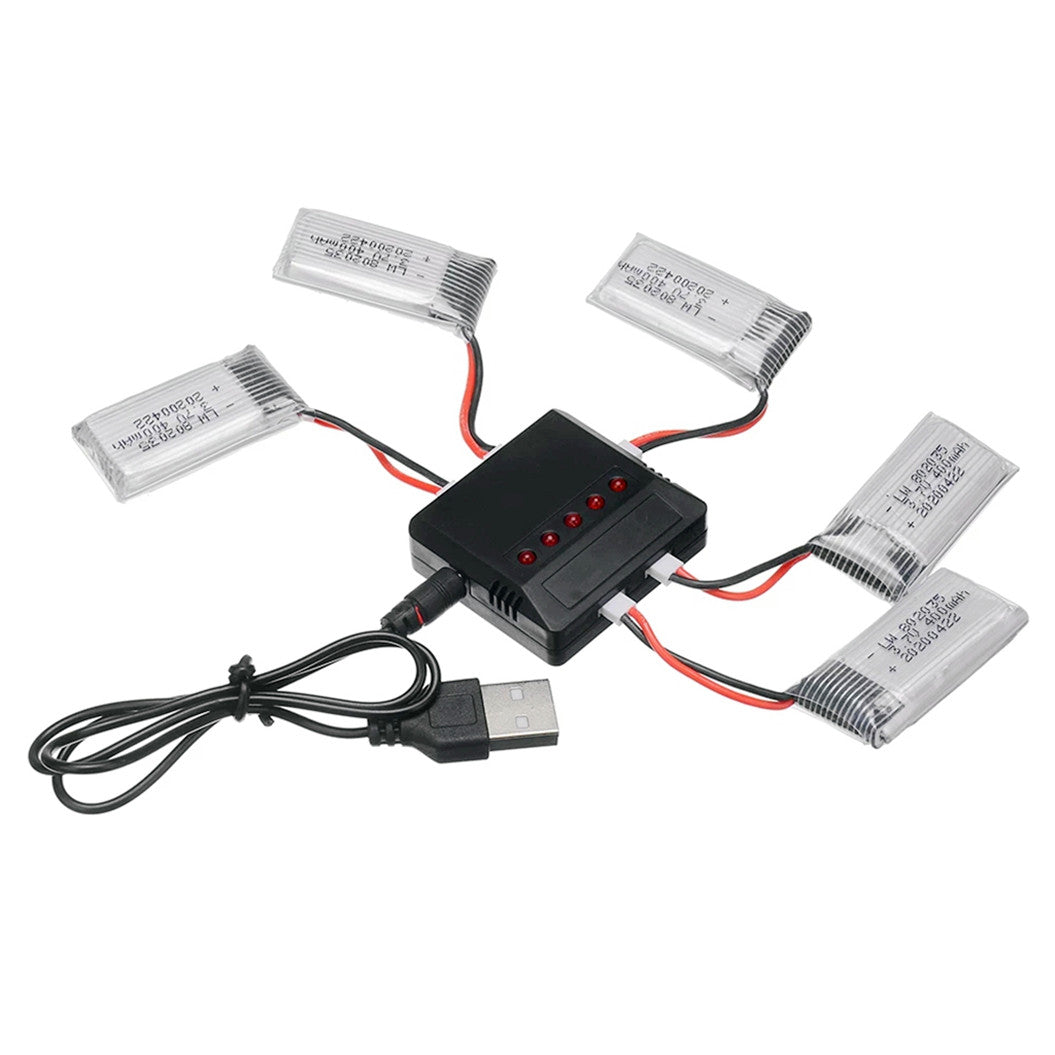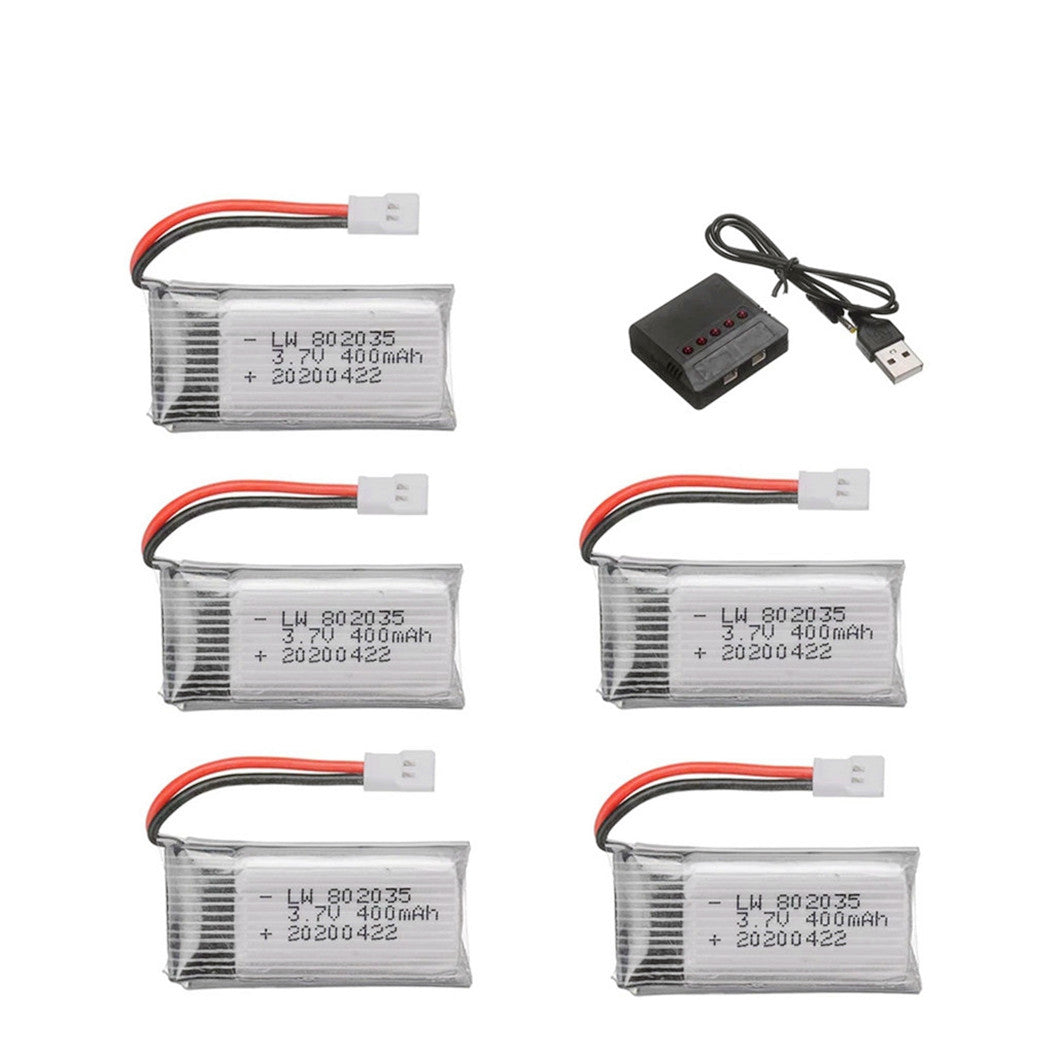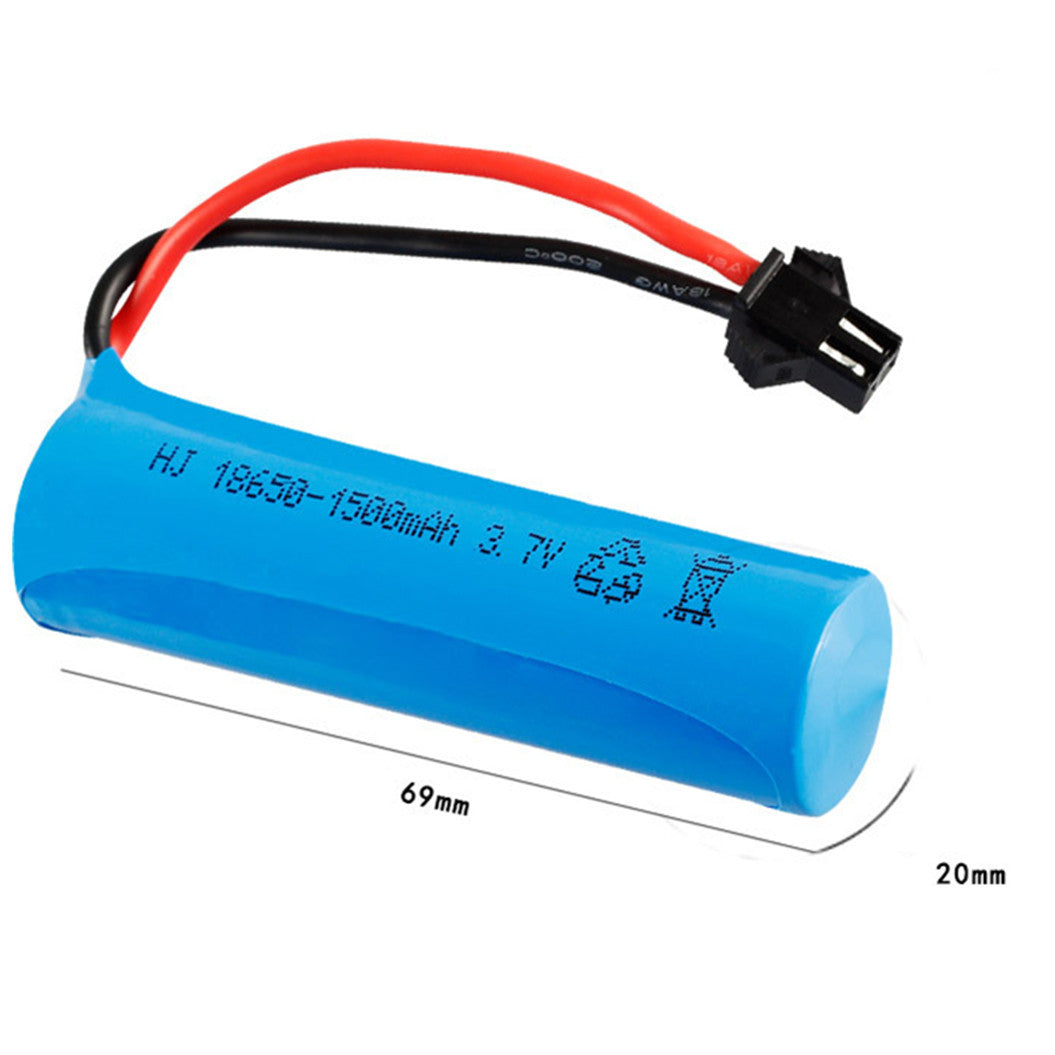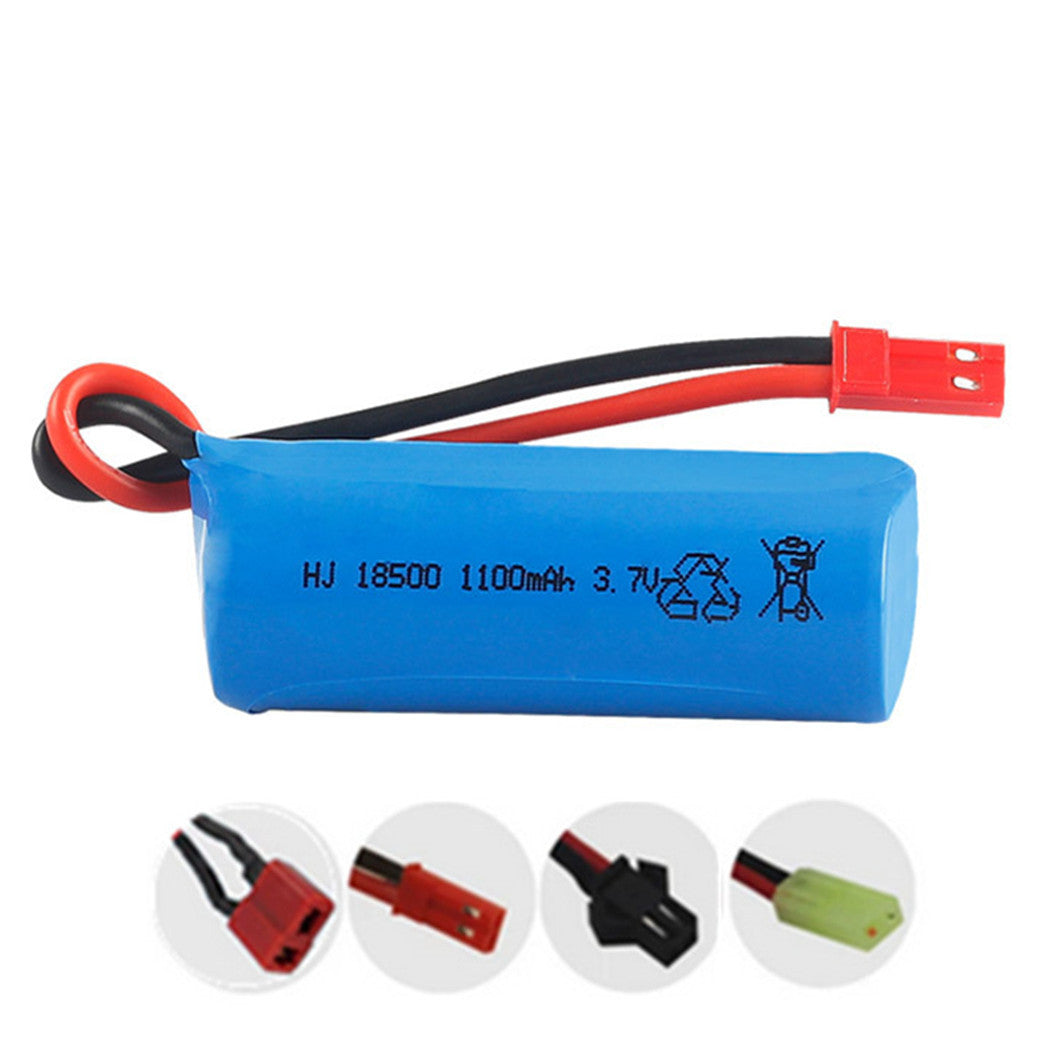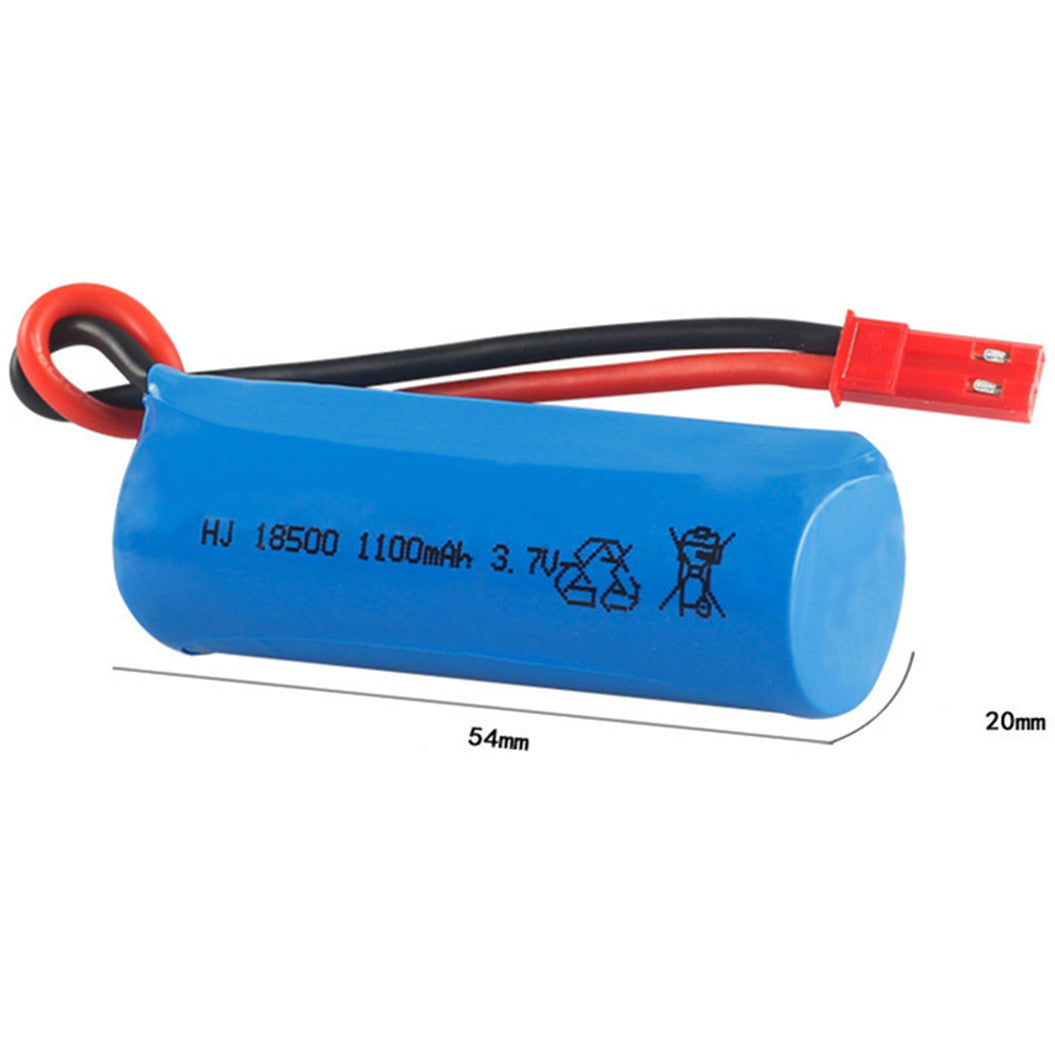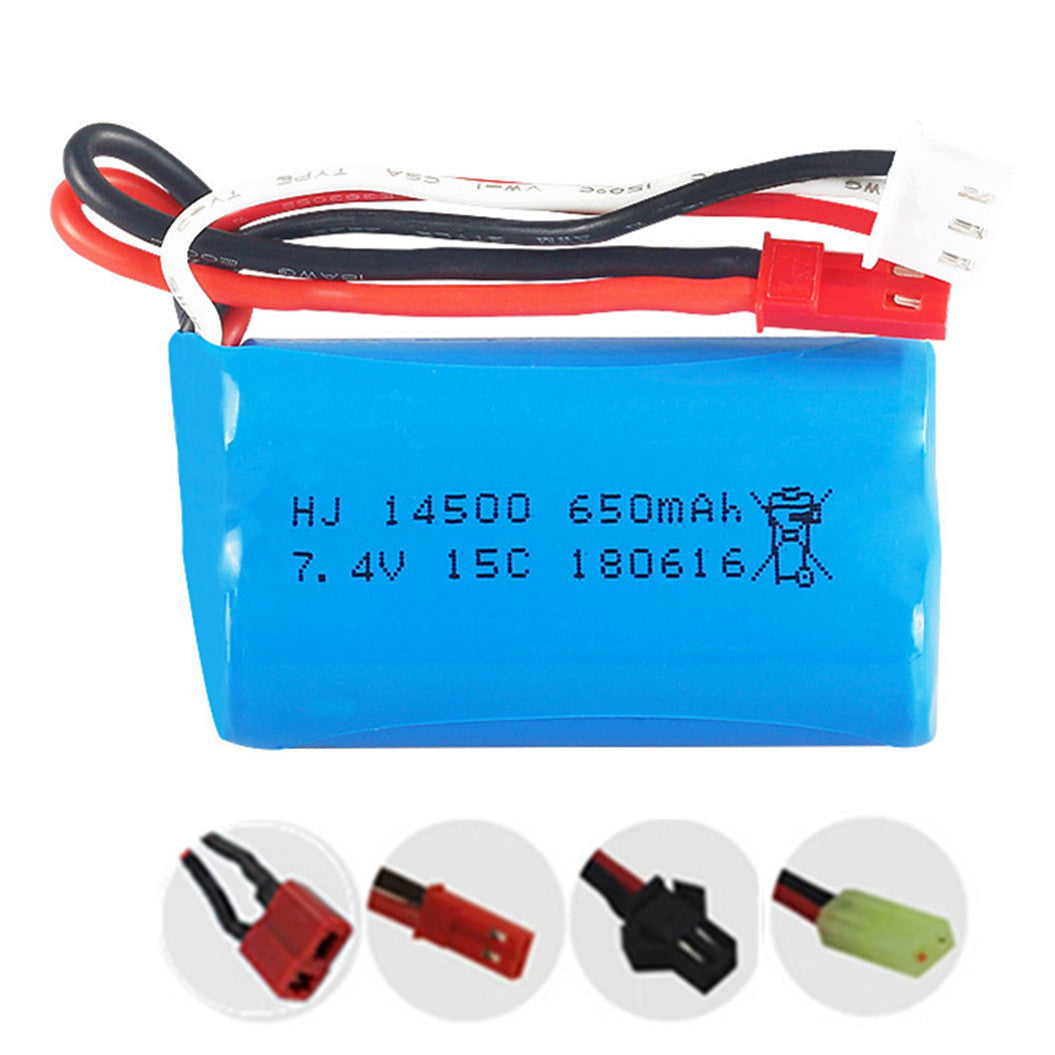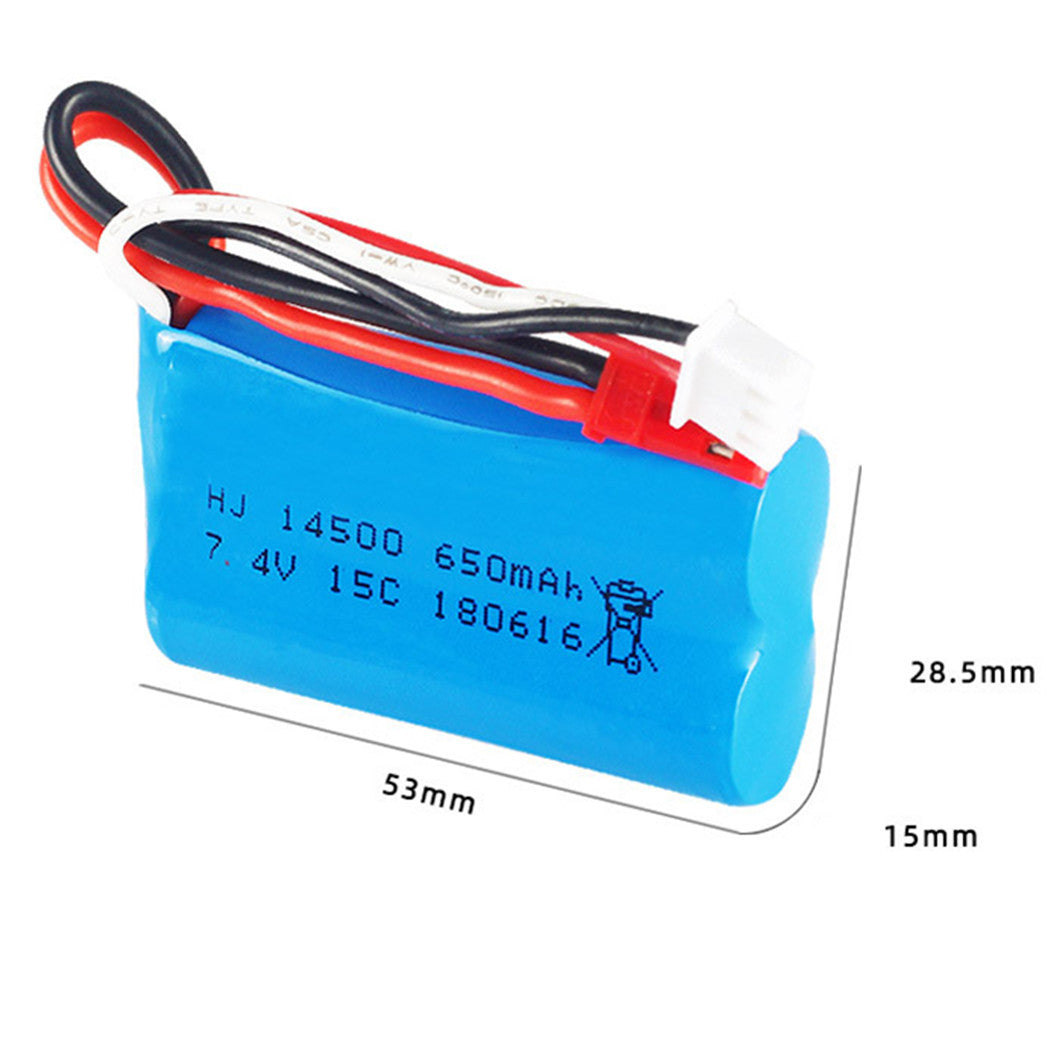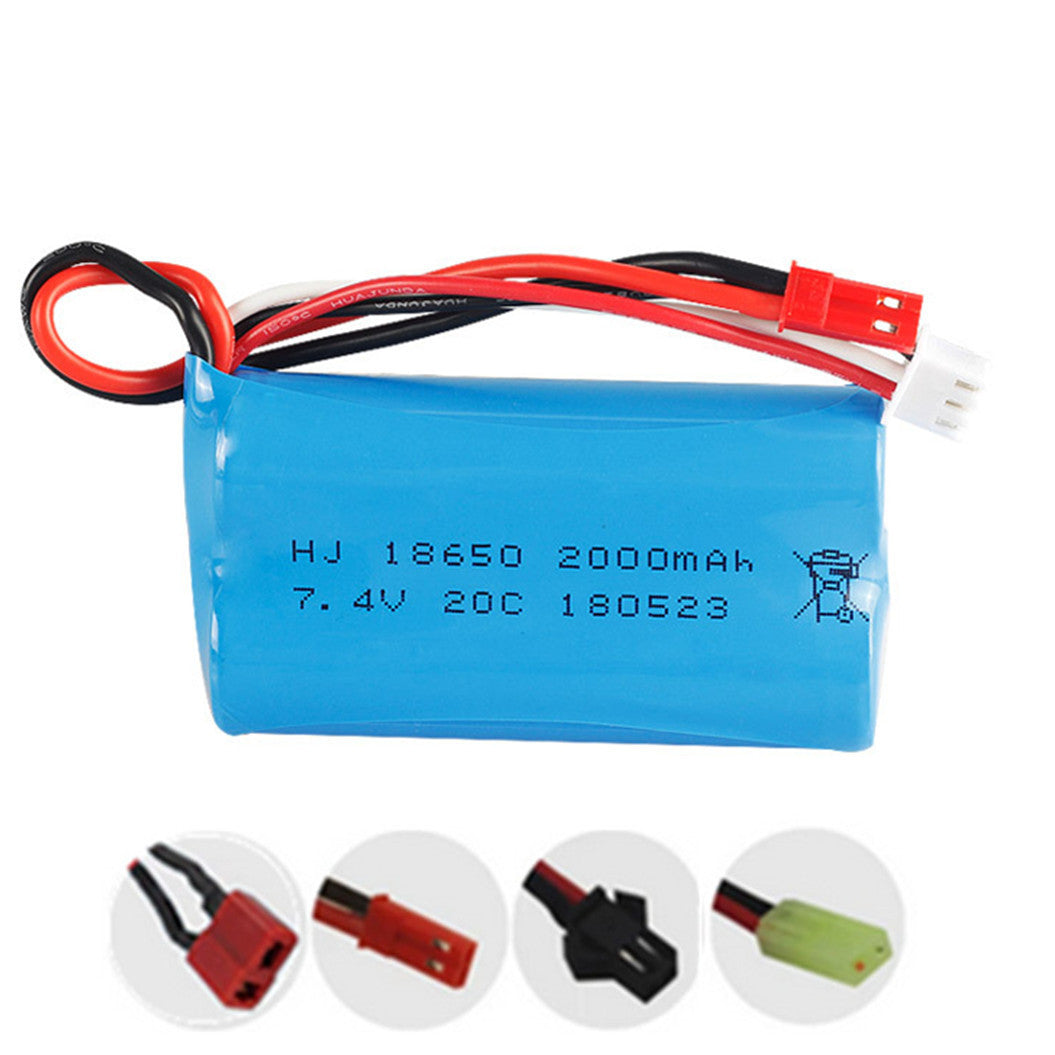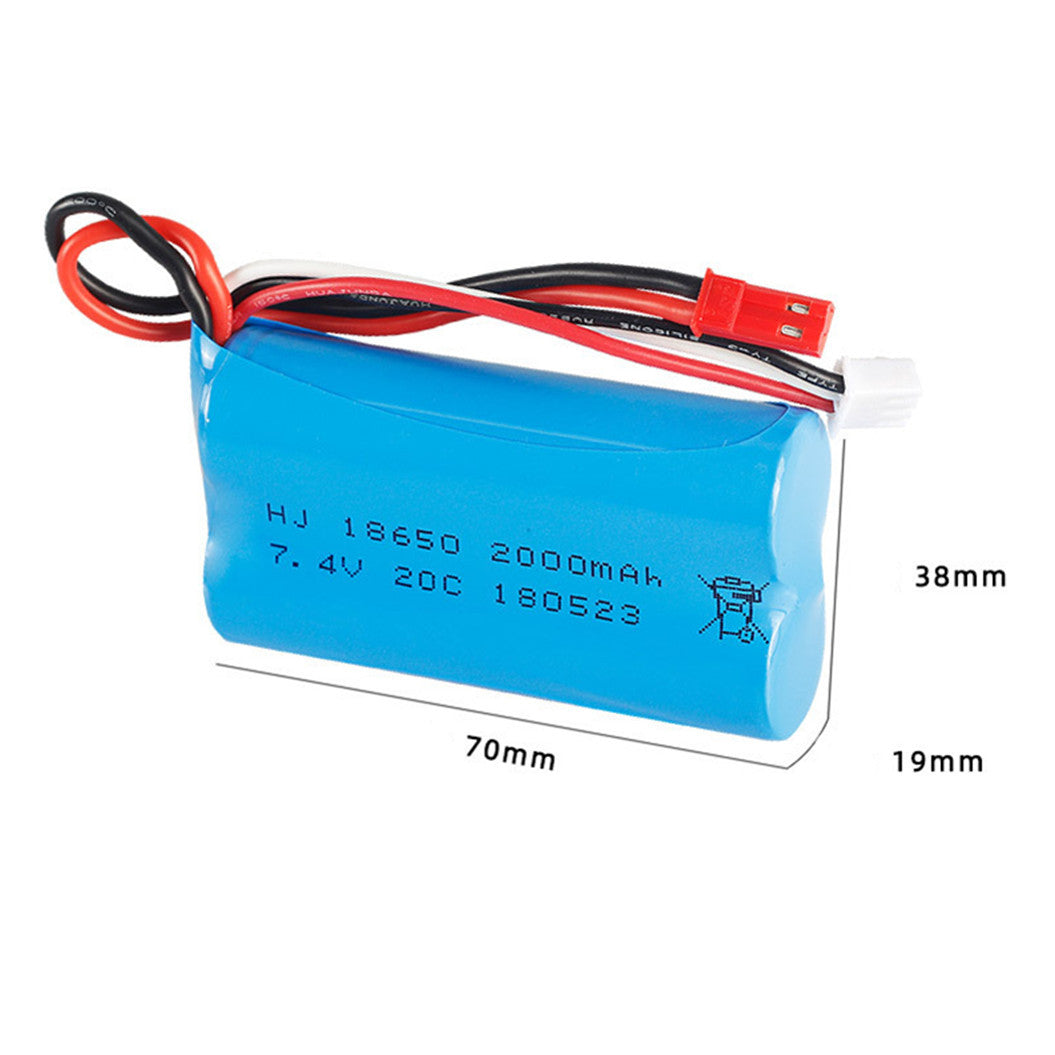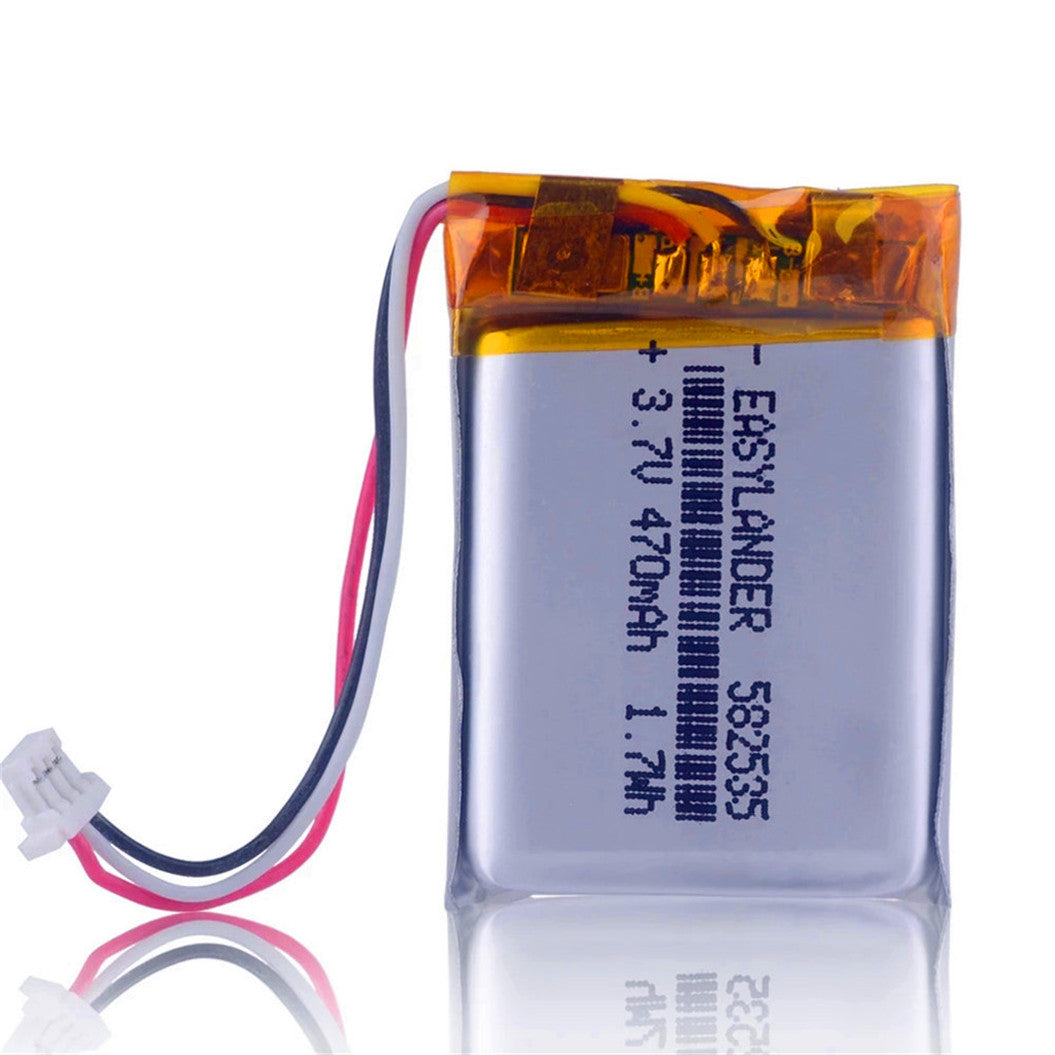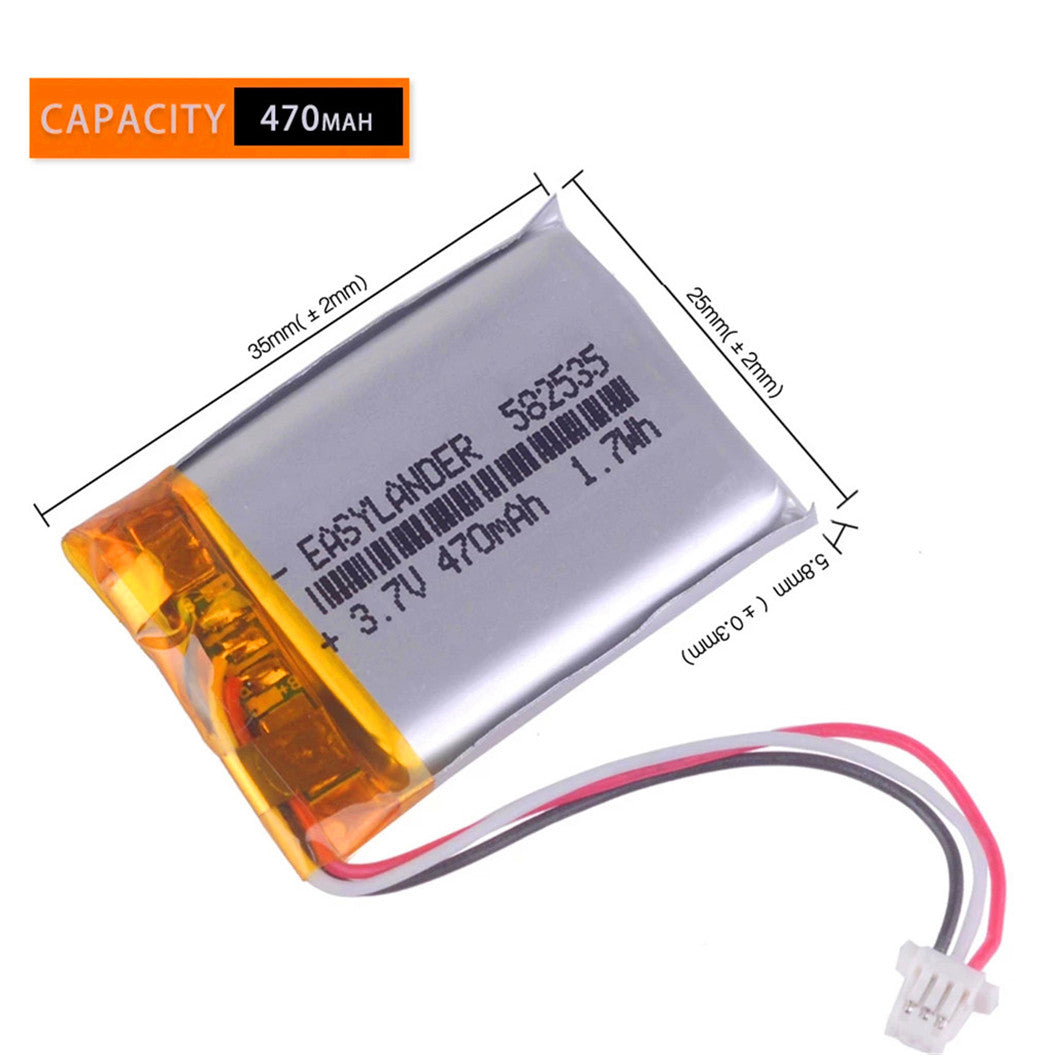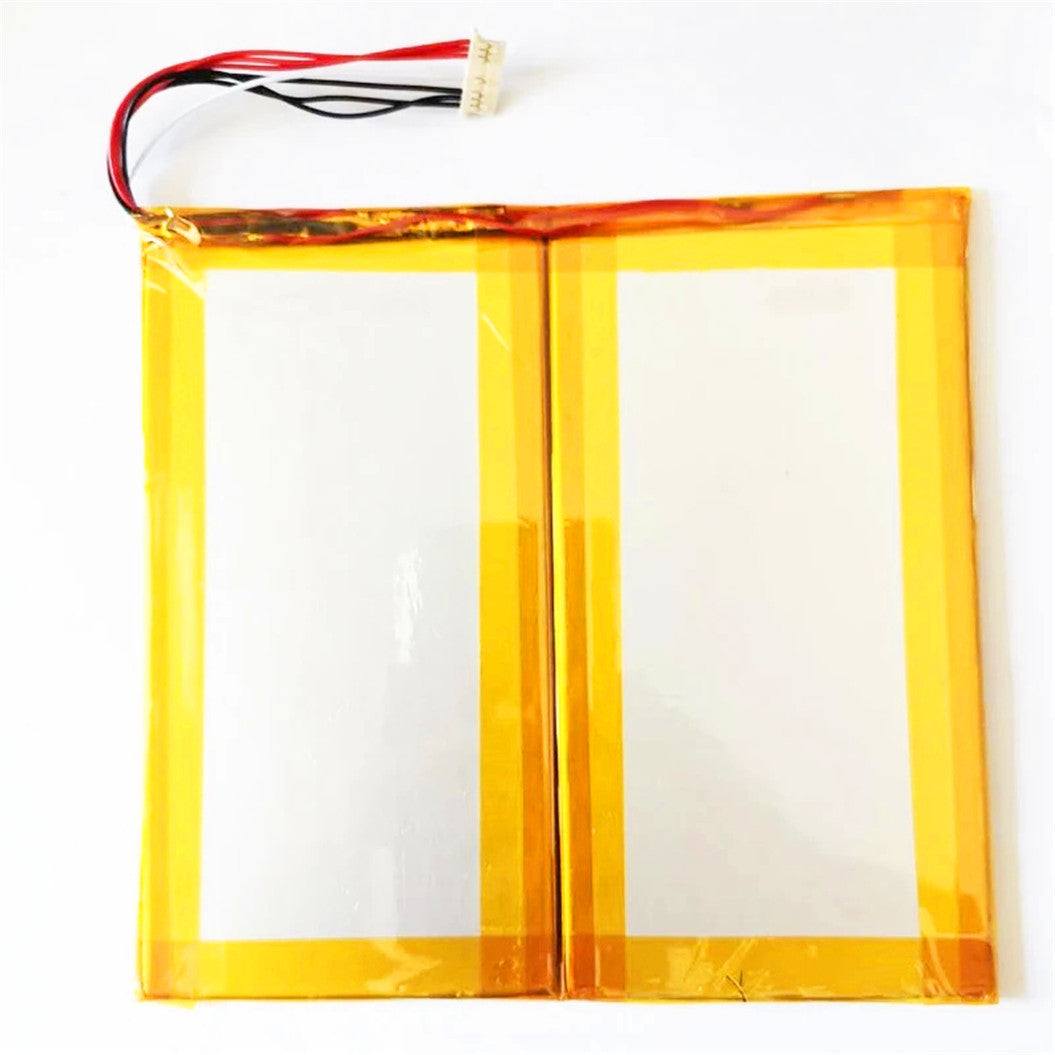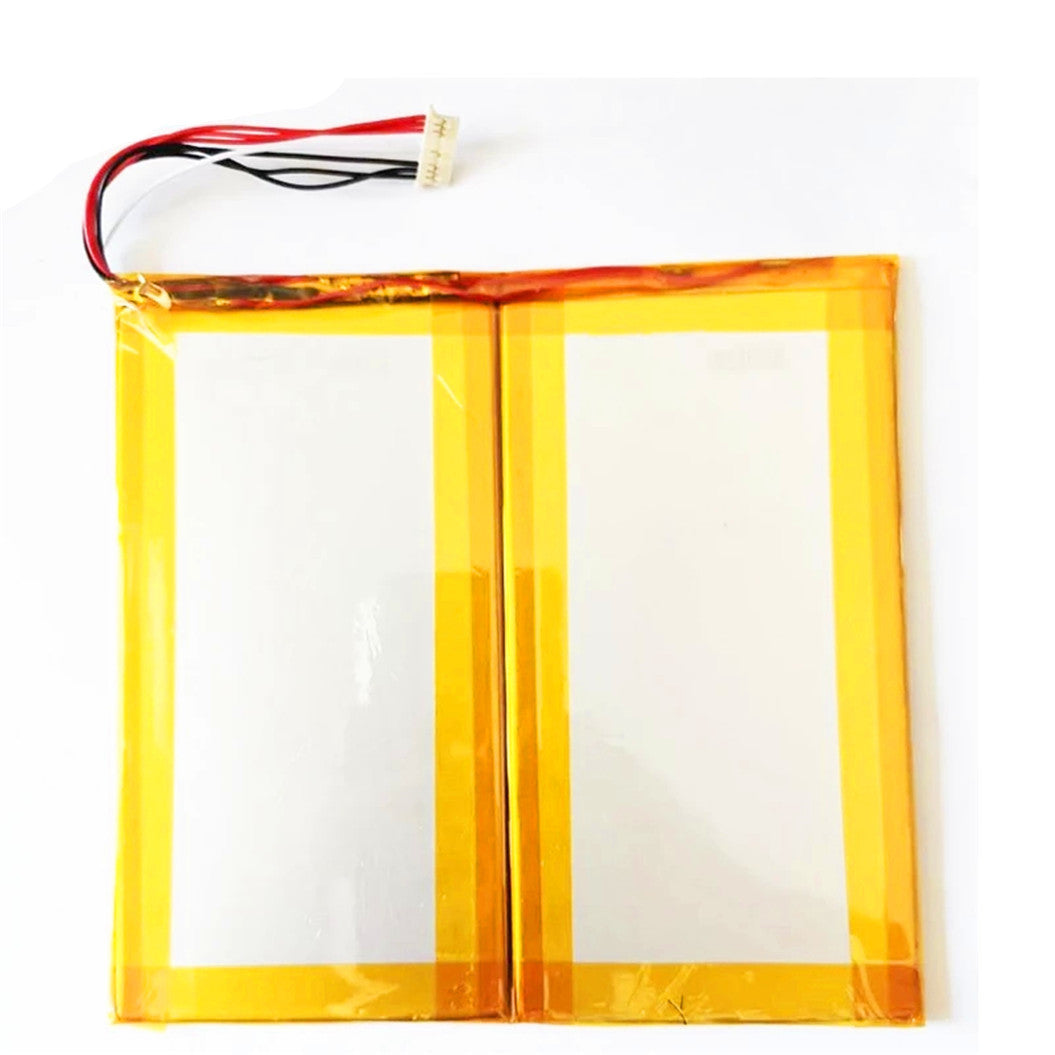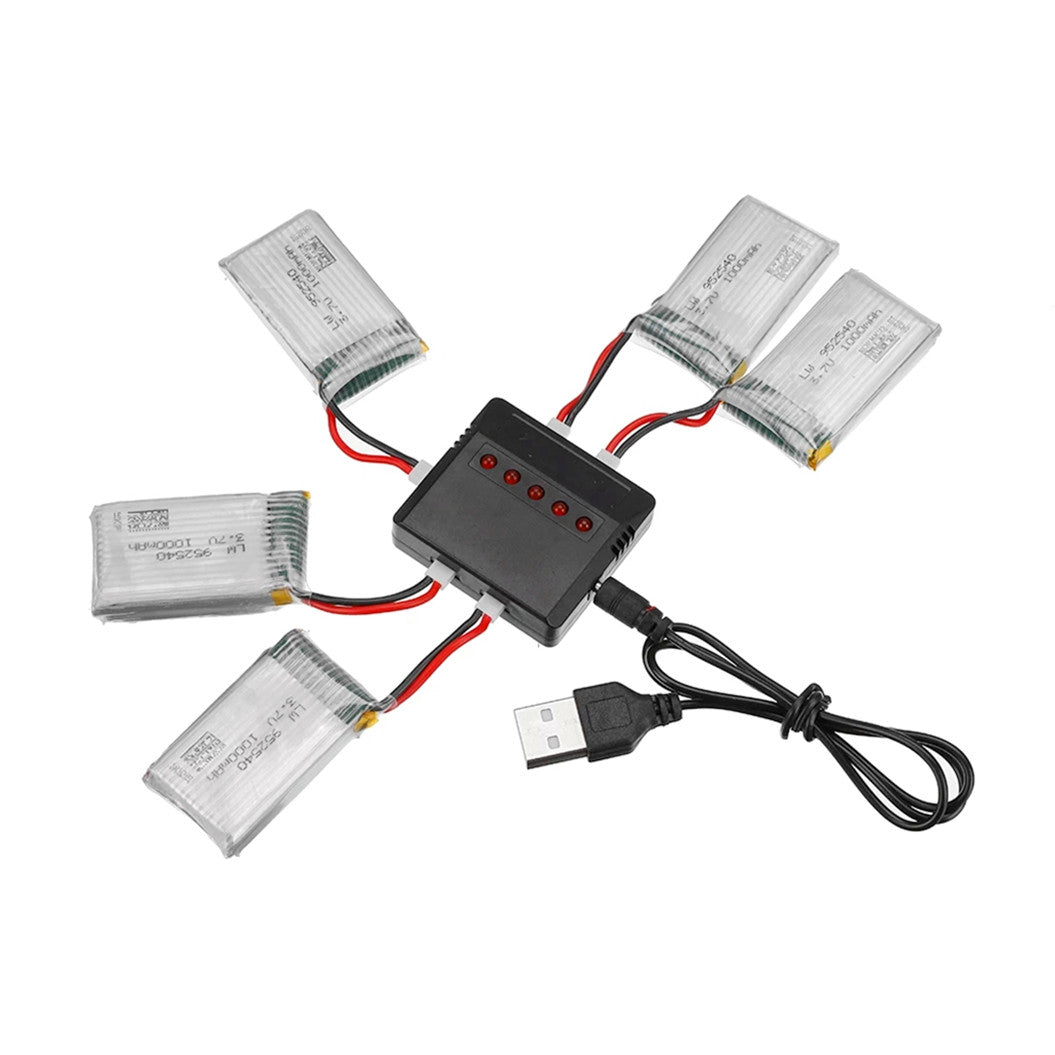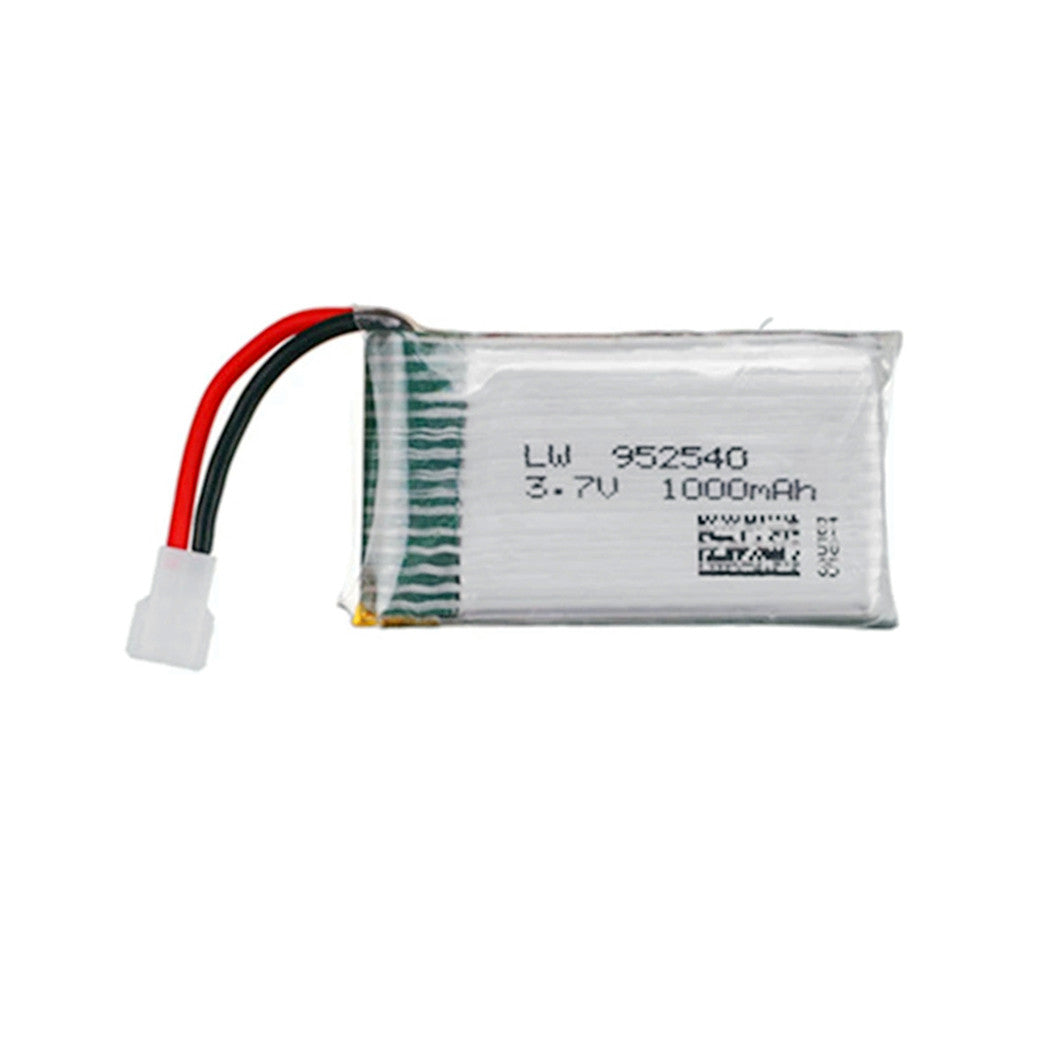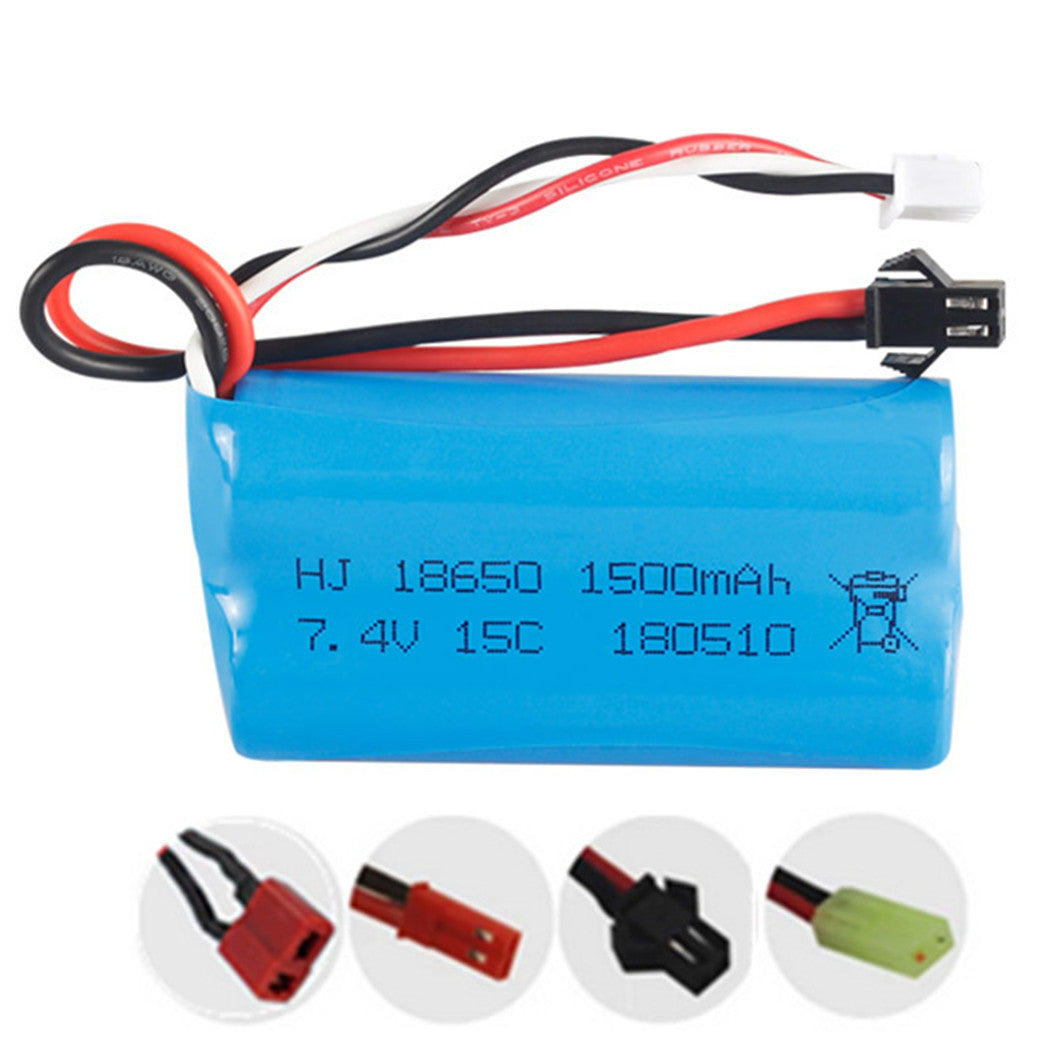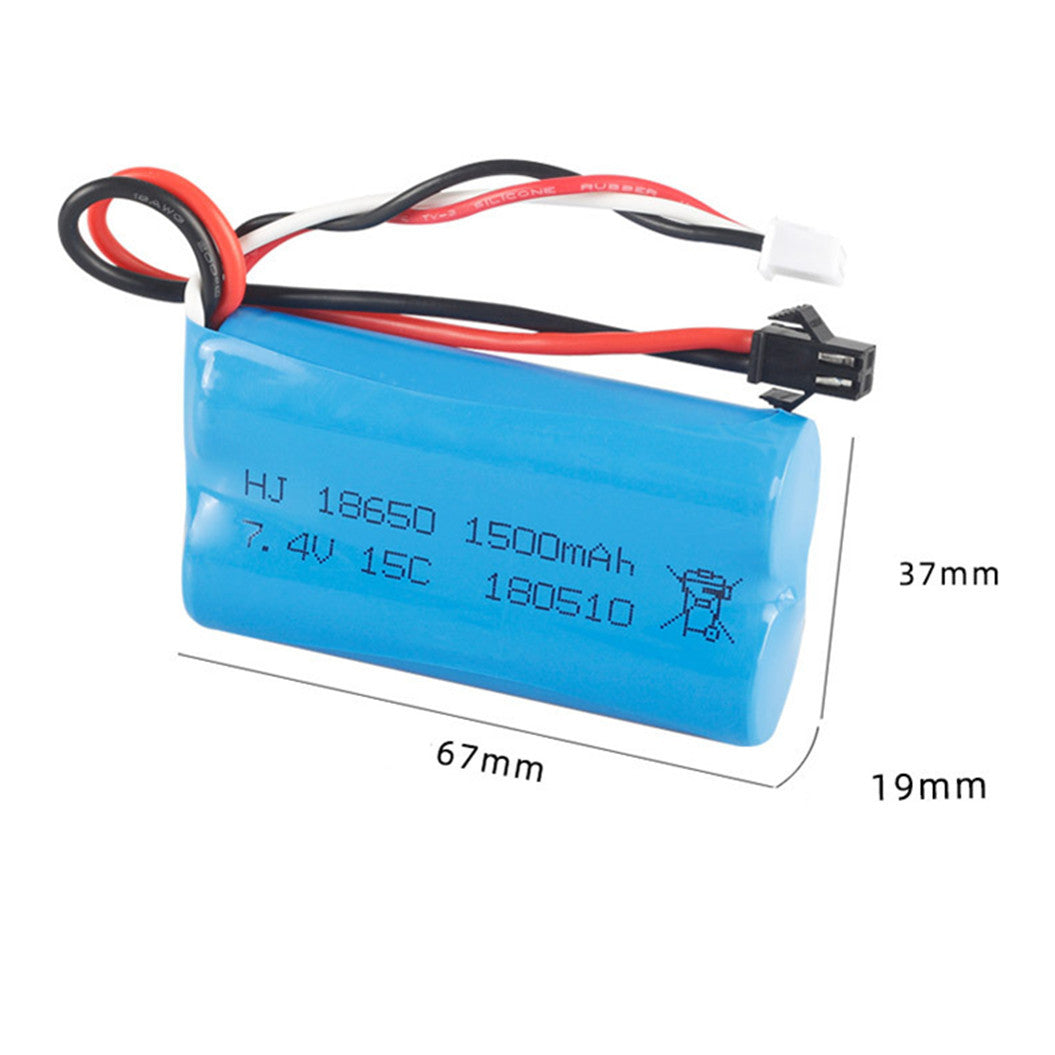-
販売元:BATTERYINT
3.7V 1500mAh バッテリー Kobo Clara HD 用
- 通常価格
- $24.60
- 通常価格
-
- セール価格
- $24.60
- 単価
- あたり
3.7V 1500mAh バッテリー Kobo Clara HD 用 商品情報: 電圧:3.... -
販売元:BATTERYINT
5個セット 3.7V 1800mAh LiPoバッテリー 充電器 903052 X5SW M18 H5P H11D RCドローン用
- 通常価格
- $19.99
- 通常価格
-
- セール価格
- $19.99
- 単価
- あたり
5個セット 3.7V 1800mAh LiPoバッテリー 充電器 903052 X5SW M... -
販売元:BATTERYINT
11.1V 2000mAh 452096 リチウムポリマーバッテリー ジェルボールブラスター Jinming Gen8 M4a1 SCAR 用
- 通常価格
- $16.99
- 通常価格
-
- セール価格
- $16.99
- 単価
- あたり
11.1V 2000mAh 452096 リチウムポリマーバッテリー ジェルボールブラスター ... -
販売元:BATTERYINT
5個 3.7V 400mAh リポバッテリー E33C E33 U816A V252 RCドローンスペアパーツ 802035
- 通常価格
- $16.99
- 通常価格
-
- セール価格
- $16.99
- 単価
- あたり
5個 3.7V 400mAh リポバッテリー E33C E33 U816A V252 RCドロ... -
販売元:BATTERYINT
2個セット 3.7V 1500mAh 18650 Li-ポリマー バッテリー - RC飛行機用
- 通常価格
- $14.00
- 通常価格
-
- セール価格
- $14.00
- 単価
- あたり
2個セット 3.7V 1500mAh 18650 Li-ポリマー バッテリー - RC飛行機用... -
販売元:BATTERYINT
2個セット 3.7V 1100mAh 18500 リチウムポリマー バッテリー RCドローン用
- 通常価格
- $16.00
- 通常価格
-
- セール価格
- $16.00
- 単価
- あたり
2個セット 3.7V 1100mAh 18500 リチウムポリマー バッテリー RCドローン用... -
販売元:BATTERYINT
7.4V 650mAh 14500 Li-Polymer バッテリー U12A Syma 2310 Syma F1 Huajun YD712 YD921 用
- 通常価格
- $13.00
- 通常価格
-
- セール価格
- $13.00
- 単価
- あたり
7.4V 650mAh 14500 Li-Polymer バッテリー U12A Syma 23... -
販売元:BATTERYINT
7.4V 2000mAh 18650 Li-Polymer バッテリー WLtoys A957 848B MJX F45 T55 RC クアッドコプター用
- 通常価格
- $15.50
- 通常価格
-
- セール価格
- $15.50
- 単価
- あたり
7.4V 2000mAh 18650 Li-Polymer バッテリー WLtoys A957... -
販売元:BATTERYINT
2個セット 582535 602535 3.7V 470mAh リチウムポリマー バッテリー SP5 Papago DVR MiVue 366 368 358 358P 658P HP F210 HP F310 用
- 通常価格
- $5.99
- 通常価格
-
- セール価格
- $5.99
- 単価
- あたり
2個セット 582535 602535 3.7V 470mAh リチウムポリマー バッテリー ... -
販売元:BATTERYINT
7.6V 5000mAh 交換用バッテリー Chuwi Ubook / Chuwi Aerobook CWI509 HW-31130148 H-31130148P タブレットPC 7ピンプラグ
- 通常価格
- $42.26
- 通常価格
-
- セール価格
- $42.26
- 単価
- あたり
7.6V 5000mAh 交換用バッテリー Chuwi Ubook / Chuwi Aerob... -
販売元:BATTERYINT
5個セット 3.7V 1000mAh 25C LiPo バッテリー 952540 Syma X5 X5S H5C CX-30W RC クアドコプター用
- 通常価格
- $16.99
- 通常価格
-
- セール価格
- $16.99
- 単価
- あたり
5個セット 3.7V 1000mAh 25C LiPo バッテリー 952540 Syma X... -
販売元:BATTERYINT
7.4V 1500mAh 18650 リチウムポリマーバッテリー U12A Syma S033G S33 RC ヘリコプター用
- 通常価格
- $16.50
- 通常価格
-
- セール価格
- $16.50
- 単価
- あたり
7.4V 1500mAh 18650 リチウムポリマーバッテリー U12A Syma S033...
ショーイング 1 -12 の 345 項目
1. How to Charge Lipo Battery?
These are the safe charging tips for LiPo batteries:
- Always use a charger specifically designed for LiPo batteries to prevent overcharging or undercharging.
- Before charging, set the charger’s current and voltage to match the battery’s specifications, typically at 1C, which is twice the battery’s capacity.
- During charging, place the lithium ion polymer battery in a fireproof bag or on a flat surface that is free of flammable materials.
- Closely monitor the lithium polymer battery during charging and ensure that it is not left unattended for extended periods.
- Always use a charger specifically designed for LiPo batteries to prevent overcharging or undercharging.
- Before charging, set the charger’s current and voltage to match the battery’s specifications, typically at 1C, which is twice the battery’s capacity.
- During charging, place the lithium ion polymer battery in a fireproof bag or on a flat surface that is free of flammable materials.
- Closely monitor the lithium polymer battery during charging and ensure that it is not left unattended for extended periods.
2. How to Store Lipo Battery?
When storing Lithium Polymer (LiPo) batteries, they should be kept at approximately 50% charge, which will help to prolong battery life. The lithium ion polymer battery should be stored in a dry, cool environment, away from direct sunlight and extreme temperatures.
In addition, batteries should be stored in a fireproof bag or special safety box to prevent accidents. In addition, if not used for a long period, perform a light charge and discharge every few months to maintain battery performance.
In addition, batteries should be stored in a fireproof bag or special safety box to prevent accidents. In addition, if not used for a long period, perform a light charge and discharge every few months to maintain battery performance.
3. What Is the Lifespan of a Lipo Battery?
In general, lithium polymer batteries can support approximately 300 to 500 charge/discharge cycles if properly used and maintained. To extend battery life, avoid overcharging and over-discharging, and keep the lithium ion polymer battery at the proper temperature during use and storage.
4. How to Prevent Lipo Battery from Expansion and Explosion?
These tips below prevent lithium polymer (lipo) batteries from expanding or explosion:
- Ensure that you are using a charger that is specifically designed for LiPo batteries and that you strictly follow the battery’s charging specifications.
- Avoid exposing the lithium polymer battery to extreme temperatures or direct sunlight during charging and use.
- Ensure that the lithium ion polymer battery is not physically damaged. Regularly inspect the battery for any signs of wear or damage.
- If the LiPo batteries show signs of swelling, discontinue use immediately to prevent further risks such as expansion or explosion.
- Ensure that you are using a charger that is specifically designed for LiPo batteries and that you strictly follow the battery’s charging specifications.
- Avoid exposing the lithium polymer battery to extreme temperatures or direct sunlight during charging and use.
- Ensure that the lithium ion polymer battery is not physically damaged. Regularly inspect the battery for any signs of wear or damage.
- If the LiPo batteries show signs of swelling, discontinue use immediately to prevent further risks such as expansion or explosion.
5. What Is the Difference Between a 4s Lipo Battery and a 3s LiPo Battery?
The main differences between 4s lipo batteries and 3s LiPo batteries are the number of cells and the total voltage. 3s batteries consist of three cells in series and typically have a voltage of 11.1 volts, while 4s batteries consist of four cells in series and typically have a voltage of 14.8 volts.
However, higher voltages may also require electronic equipment to have a higher voltage tolerance, so the voltage compatibility of equipment must be considered when choosing a lithium polymer battery.
However, higher voltages may also require electronic equipment to have a higher voltage tolerance, so the voltage compatibility of equipment must be considered when choosing a lithium polymer battery.
6. How Long Does It Take to Charge a 4s Lipo Battery?
Typically, most 4-cell LiPo batteries take about 1 to 1.5 hours to fully charge when charged at a 1C charge rate (i.e. the current value for the rated capacity of the battery).
For example, a 5000mAh battery will take about 1 hour to fully charge at 5A charge current. Ensure that you use the appropriate charger for your lithium polymer battery to maintain its health and safety.
For example, a 5000mAh battery will take about 1 hour to fully charge at 5A charge current. Ensure that you use the appropriate charger for your lithium polymer battery to maintain its health and safety.
7. Which Is Better, Lifepo4 or Lipo Battery?
LiFePO4 batteries are known for their longer life and increased safety. It is usually more suitable for applications that require long-term reliability, such as electric vehicles and solar energy storage systems.
LiPo batteries, on the other hand, offer higher energy density and power output. Ideal for devices with stringent weight and size requirements, such as UAVs and RC models.
LiPo batteries, on the other hand, offer higher energy density and power output. Ideal for devices with stringent weight and size requirements, such as UAVs and RC models.
8. Which Is Better, Nimh or Lipo Battery?
NiMH batteries are more environmentally friendly and less expensive, making them suitable for every day and low-power devices.
LiPo batteries, on the other hand, offer higher energy density and discharge rates, making them more suitable for use in high-power devices such as drones and high-performance RC cars.
LiPo batteries, on the other hand, offer higher energy density and discharge rates, making them more suitable for use in high-power devices such as drones and high-performance RC cars.

